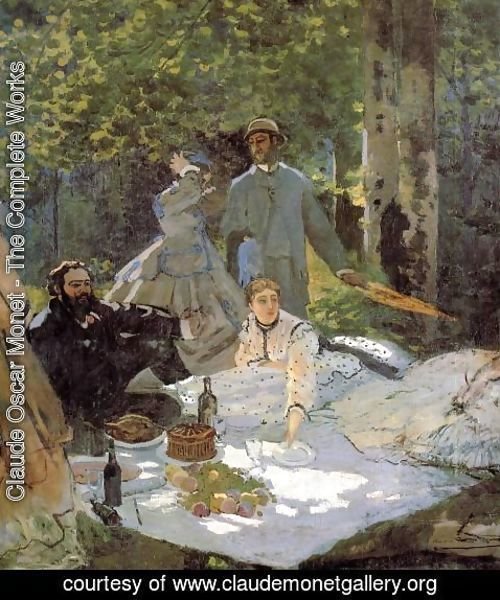My favorite artist is Claude Monet and my favorite place to visit in France is Monet's home, studio, and gardens at Giverny. I far prefer to stroll about the gardens (despite the fact they are overrun with tourists) than to walk through Monet's little pink house. But, I do remember looking at Monet's yellow kitchen on previous visits to Giverny and Jean-Bernard Naudin's photographs bring it all back.
Monet was a foodie and had a hearty appetite. When guests came to Giverny, which was frequently, they were treated to lavish meals. Family meals were often special as well, even on a daily basis. His dining preferences reflect the over-indulgence typical of the French middle-class in the late Nineteenth and early Twentieth centuries. Monet's taste in food developed alongside his art at Giverny where he settled in 1883. Monet and his second wife Alice created their own style. "Their sole culinary ambition was to serve beautifully prepared dishes using whatever the kitchen-garden or the farmyard could supply. This was their food, homemade but often making use of recipes invented by the great restaurants they patronized, or even dished created by their friends, who included writers, art collectors, painters and actors" (19). For example, Cézanne provided the recipe for Boullabaisse de mourue (Salt cod soup), the Tatin Sisters themselves shared their recipe for their namesake upside-down cake, Tarte Tatin, with Monet and his family, and Mallarmé passed on his Recette de girolles (Recipe for chanterelles). Chef Joel Robuchon has tested and adapted the recipes found in Monet's cooking journals and you can make them yourself.
The kitchen-garden was a beautiful and well-tended as the flower garden. However, aesthetics that were favored among the flowers were banned among the vegetables. In the kitchen-garden, "there was a strict geometrical plan and paths were laid out in straight lines, to allow the work to be carried out logically, rapidly, and with minimum effort" (44).
Monet's blue kitchen:
The yellow dining room (I want dishes like these)
Monet's Luncheon on the Grass (1865-66)



No comments:
Post a Comment